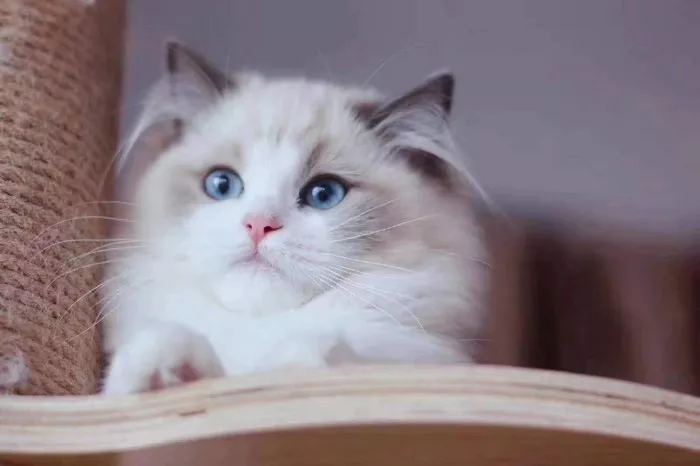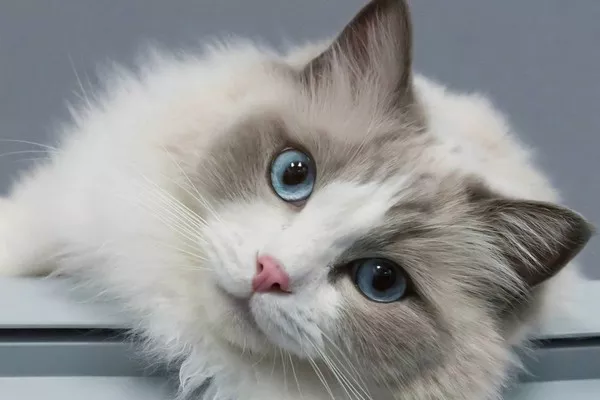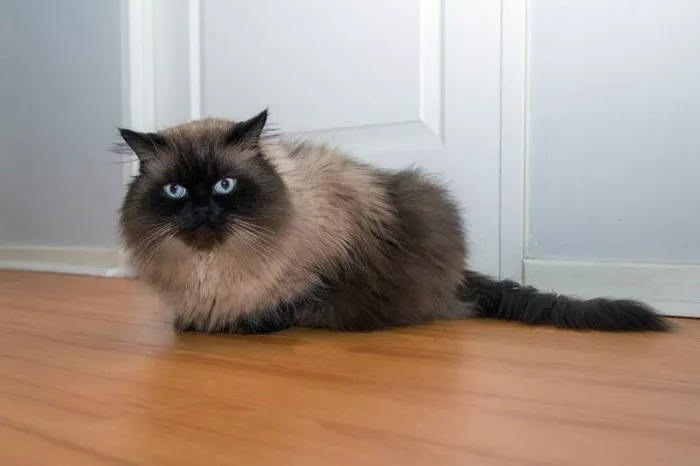Ragdoll kittens, known for their friendly personalities and striking blue eyes, are a popular breed among cat lovers. As with any pet, proper nutrition is crucial for their development and health. This comprehensive guide offers detailed insights into feeding your Ragdoll kitten, ensuring they grow up healthy and happy.
Understanding the Nutritional Needs of Ragdoll Kittens
Growth and Development Requirements
Ragdoll kittens experience rapid growth during their first months, necessitating a diet rich in proteins, fats, vitamins, and minerals. Protein supports muscle growth, fats provide energy, and vitamins and minerals ensure proper physiological functions.
Caloric Intake
Kittens generally require more calories per pound of body weight than adult cats due to their high energy needs. Ragdoll kittens, in particular, need a substantial amount of calories as they grow into their large, muscular adult size.
Special Dietary Considerations
Given their large size, Ragdolls are prone to obesity. It’s essential to monitor their diet from a young age to prevent weight issues that could lead to joint problems and other health concerns in adulthood.
What to Feed a Ragdoll Kitten
Opt for high-quality commercial kitten foods that meet the guidelines set by the Association of American Feed Control Officials (AAFCO). These foods are formulated to meet all the nutritional needs of growing kittens.
Wet Food vs. Dry Food
Wet food can be beneficial for kittens, providing hydration and usually being easier to eat. Dry food, on the other hand, is convenient and can help maintain dental health. Many veterinarians recommend a mix of both to balance the benefits.
Raw and Homemade Diets
While some owners opt for raw or homemade diets, these can be risky if not carefully balanced. Consult with a vet or a pet nutritionist before choosing to go this route to ensure your kitten gets all necessary nutrients.
How Much to Feed Your Ragdoll Kitten
Feeding by Age
Under 3 months: Ragdoll kittens should have access to food at all times. Their small stomachs mean they can only eat a little at a time, so they need several small meals throughout the day.
3 to 6 months: Start to structure the feeding schedule to about four meals a day.
6 months to 1 year: You can reduce feeding to three meals a day as their growth rate slows down.
Portion Sizes
Portion sizes can vary depending on the type of food and its caloric content. Refer to the feeding guidelines on the food packaging and adjust based on your kitten’s activity level and growth.
Monitoring Weight and Adjusting Portions
Regularly weigh your kitten and adjust food portions to prevent underfeeding or overfeeding. Consult with your veterinarian to determine the ideal weight range for your Ragdoll kitten as it grows.
Feeding Tips for Ragdoll Kittens
Consistency and Routine
Establish a consistent feeding routine to help regulate your kitten’s digestion and comfort. Feed them at the same times and in the same place every day.
Hydration is Key
Always provide fresh water, especially if your kitten’s diet includes dry food. Proper hydration is essential for overall health and helps prevent urinary tract issues.
Transitioning Foods
When changing your kitten’s diet, do so gradually over a week to avoid gastrointestinal upset. Mix increasing amounts of the new food with decreasing amounts of the old.
Avoiding Common Feeding Mistakes
Overfeeding: Particularly common in Ragdolls, given their easygoing nature. Stick to recommended food amounts and feeding schedules.
Underfeeding: Just as problematic, can lead to underdevelopment. Ensure the food amount satisfies their growth needs.
Feeding Dog Food: Never feed your kitten dog food. It lacks essential nutrients that cats need.
Supplementing Your Kitten’s Diet
When Supplements Are Needed
Generally, a well-balanced commercial kitten food should provide all necessary nutrients. Supplements are usually unnecessary and could disrupt nutrient balance. Only use supplements approved or recommended by your veterinarian.
Choosing Supplements
If needed, choose high-quality supplements designed specifically for cats and follow the dosage instructions carefully.
Potential Feeding Issues and Solutions
Dealing With Picky Eaters
Ragdoll kittens can sometimes be finicky about their food. To entice a picky eater, try warming the food or adding a little bit of tuna juice for extra flavor.
Handling Food Allergies
If you notice symptoms of a food allergy (e.g., itching, gastrointestinal upset), consult your veterinarian. An elimination diet may be necessary to identify the allergen.
Conclusion
Feeding your Ragdoll kitten properly requires attention to their unique nutritional needs, careful monitoring of their growth and health, and a commitment to providing high-quality food. By following the guidelines discussed, you can ensure your Ragdoll kitten develops into a healthy and joyful companion. Remember, when in doubt, your veterinarian is an invaluable resource for advice on feeding and caring for your kitten.


























